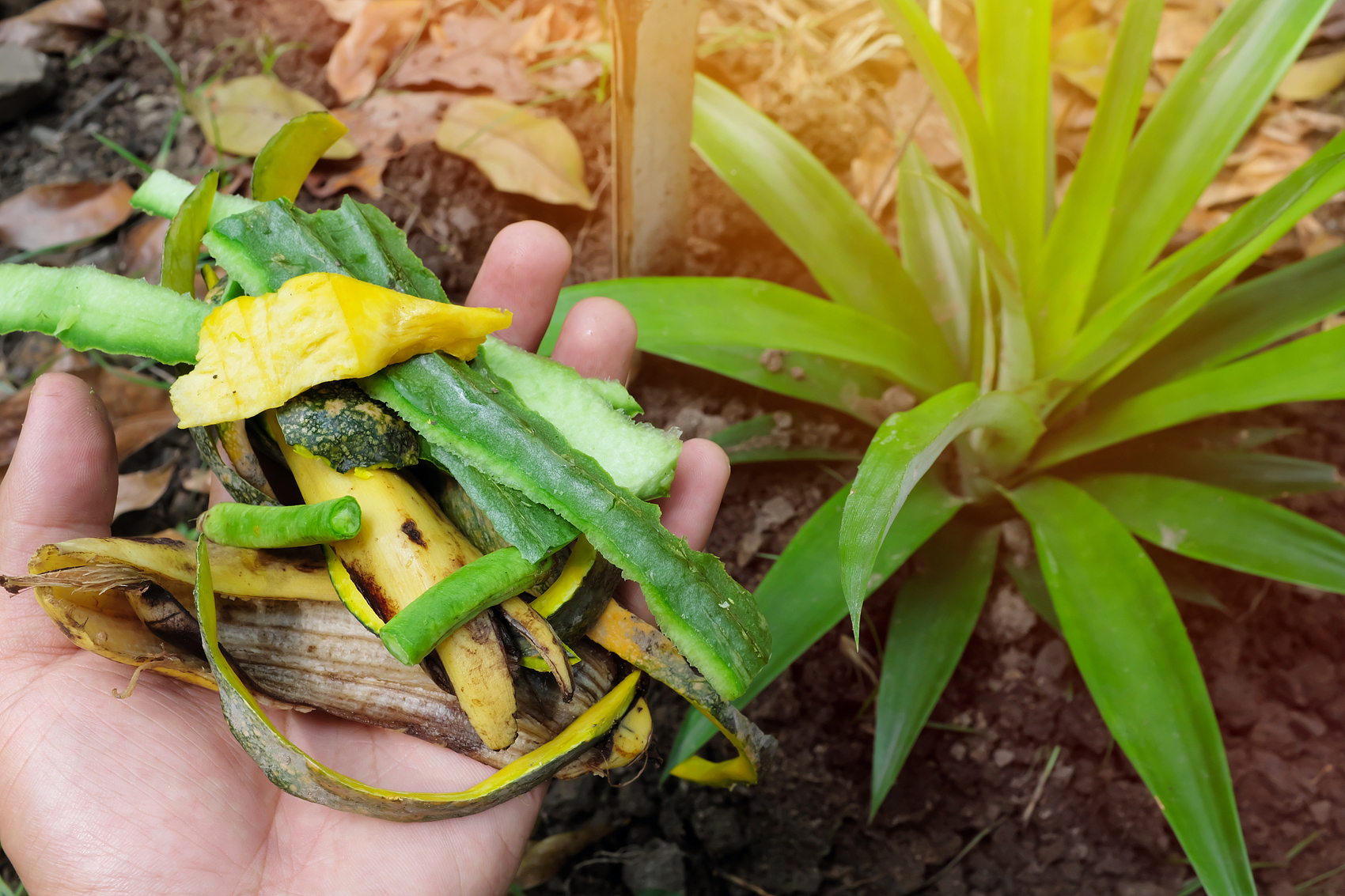Sheds are incredibly useful for storing gardening tools, seasonal items, or even serving as temporary workshops. However, they can also attract unwelcome guests—mice. While these tiny creatures might look harmless, they can cause significant damage, spread disease, and create a major nuisance if left unchecked.
If mice have already taken up residence in your shed, you might notice chewed boxes, gnawed wires, or droppings. The good news is you don’t have to share your space with them. With some planning and effective pest control methods, you can reclaim your shed and keep it mouse-free.
Why Mice Love Sheds
Understanding why mice are drawn to sheds is key to keeping them out. Sheds offer everything mice need: shelter, a safe place to nest, and, often, unexpected food sources. From seeds and cardboard to organic materials like grass clippings or spilled grains, mice can thrive on surprisingly little.
Think of your shed as a cozy retreat for mice: dark, quiet, and hidden from predators. Recognizing what makes your shed so inviting is the first step toward solving the problem.
1. Seal All Entry Points
Mice can squeeze through gaps as small as 1/4 inch (about 6 millimeters). Inspect your shed thoroughly to find and seal these entry points.
- Check the foundation: Look for cracks, gaps where walls meet the floor, and holes near windows or doors.
- Seal with durable materials: Use mesh wire, steel wool, or caulk—materials mice can’t chew through.
- Don’t forget the roof: Mice are excellent climbers and can enter through small gaps in the roof.
Pay special attention to corners and areas where utility lines, like water pipes or electrical cables, pass through the shed.

2. Keep It Clean and Organized
Mice love clutter because it provides hiding spots and nesting materials. If your shed is full of boxes, old tools, and random piles, you’re giving them an ideal environment.
- Declutter regularly: Clear the floor and organize items in sealed plastic containers instead of cardboard boxes, which mice can easily chew through.
- Clean often: Remove trash, organic material, and any food sources like birdseed or pet food. A clean shed is far less attractive to mice.
3. Eliminate Food Sources
Mice are always on the hunt for food. Even if your shed seems free of obvious food, they can find something to munch on, like garden bulbs, seeds, or pet food.
- Use airtight containers: Store birdseed, grass seed, and other organic items in sturdy, sealed containers. Avoid paper or cardboard packaging.
- Clean up spills: Regularly sweep and clear away crumbs, loose seeds, or other debris.
4. Use Natural Deterrents
If you want to avoid using chemicals, there are natural deterrents that mice hate:
- Peppermint oil: Soak cotton balls in peppermint oil and place them around the shed. Mice dislike the strong smell.
- Cayenne pepper and cloves: Sprinkle these in areas where you suspect mice might enter. They irritate a mouse’s sensitive nose and make your shed less appealing.
These natural options are safe for children, pets, and the environment.
5. Set Traps and Barriers
Even with the best prevention efforts, a mouse or two might sneak in. Traps can be an effective solution.
- Choose the right traps: Options range from traditional snap traps to humane catch-and-release models.
- Place traps strategically: Set them along walls, in corners, or near suspected entry points.
- Check traps regularly: Reset them as needed and release any caught mice far from your home and shed if using a humane trap.
You can also install physical barriers, like rubber seals on doors or mesh wire around the shed’s base, to prevent burrowing.
6. Consider Professional Help
If the infestation becomes overwhelming or you prefer not to handle it yourself, professional pest control services can help. Experts can:
- Identify entry points and root causes of infestations.
- Use effective and often eco-friendly pest control methods.
- Provide ongoing maintenance to ensure mice don’t return.
Professional services are especially helpful for severe infestations, giving you peace of mind and long-term solutions.

7. Regular Maintenance Is Key
Even after mouse-proofing your shed, it’s important to stay vigilant. Seasonal changes can drive mice to seek shelter, and small vulnerabilities can develop over time.
- Inspect regularly: Look for new signs of mice, like droppings or gnaw marks.
- Address issues promptly: Seal any new gaps and maintain cleanliness to prevent a small problem from escalating.
Wrapping It Up
Keeping mice out of your shed might seem daunting, but with a proactive approach, it’s entirely achievable. By sealing entry points, eliminating food sources, using natural deterrents, and staying on top of regular maintenance, you can protect your shed from these unwelcome visitors. And if the problem persists, don’t hesitate to call in professionals for expert assistance.
Your shed should be a safe, organized space for your tools and belongings—not a playground for mice! With these tips, you can enjoy a mouse-free shed all year round.













